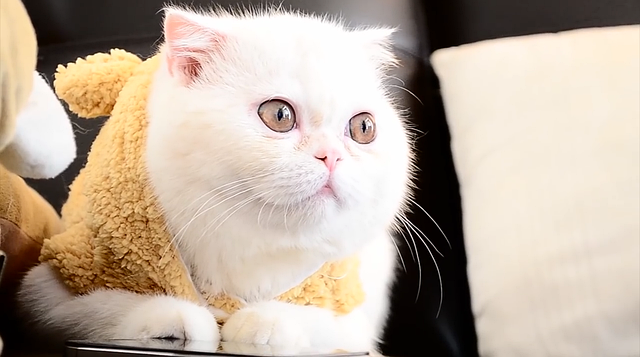If you’re looking for a feline companion that’s as unique as it is adorable, then look no further than the Exotic Shorthair cat breed. These charming creatures boast a distinctive appearance, friendly demeanor, and a whole lot of personality. We’ll delve into everything you need to know about Exotic Shorthairs, from their history and characteristics to care tips and more.
Origins and History
Origins of the Exotic Shorthair Breed
The Exotic Shorthair cat breed is a relatively recent addition to the feline world, originating in the 1950s. It was developed as a crossbreed between the Persian cat and various shorthaired breeds such as the American Shorthair and the Burmese. The aim was to create a cat with the luxurious coat of the Persian but with a shorter, more manageable coat.
Recognition and Popularity
Since its inception, the Exotic Shorthair has gained significant popularity among cat lovers worldwide. In 1966, it was officially recognized as a breed by the Cat Fanciers’ Association (CFA), solidifying its place in the world of purebred cats. Today, Exotic Shorthairs are cherished for their charming personalities and striking appearance.
Characteristics and Appearance
Physical Features
One of the most notable features of the Exotic Shorthair is its adorable round face, complete with large, expressive eyes and a cute button nose. They have a compact, muscular body with a dense coat that comes in a variety of colors and patterns. Despite their name, Exotic Shorthairs do have a bit of a longer coat compared to other shorthaired breeds, but it’s still much more manageable than that of the Persian.
Temperament
Exotic Shorthairs are known for their gentle and affectionate nature. They are often described as laid-back and easygoing, making them wonderful companions for families, singles, and seniors alike. These cats enjoy lounging around the house and are perfectly content to curl up on your lap for a cuddle session.
Intelligence and Trainability
While Exotic Shorthairs may not be the most agile or energetic cats, they are certainly intelligent and trainable. With patience and positive reinforcement, you can teach your Exotic Shorthair tricks and even to walk on a leash. They are eager to please their owners and thrive on interactive play sessions.
Care and Maintenance
Grooming Needs
Despite their shorter coat, Exotic Shorthairs still require regular grooming to keep their fur in top condition. A weekly brushing session will help remove loose hair and prevent matting. Additionally, regular nail trims and ear cleanings are essential for maintaining your cat’s overall health and wellbeing.
Dietary Requirements
Like all cats, Exotic Shorthairs thrive on a balanced diet that is appropriate for their age, size, and activity level. Choose a high-quality cat food that is rich in protein and essential nutrients. Be sure to monitor your cat’s weight and adjust their portions accordingly to prevent obesity.
Exercise and Play
While Exotic Shorthairs may not be as energetic as some other breeds, they still require regular exercise and mental stimulation to stay happy and healthy. Provide your cat with plenty of toys, scratching posts, and climbing structures to keep them entertained. Interactive play sessions are also a great way to bond with your furry friend.
Health Considerations
Common Health Issues
Like all breeds, Exotic Shorthairs are prone to certain health issues, including respiratory problems, dental issues, and polycystic kidney disease (PKD). Regular veterinary check-ups are essential for catching any potential health problems early and ensuring your cat receives prompt treatment.
Responsible Breeding Practices
When choosing an Exotic Shorthair cat, it’s essential to work with a reputable breeder who prioritizes the health and well-being of their animals. Avoid purchasing cats from pet stores or backyard breeders, as they may not adhere to proper breeding standards and could unknowingly sell cats with genetic health issues.
Conclusion
Exotic Shorthair cats are truly one-of-a-kind companions with a lot to offer their human counterparts. From their distinctive appearance and friendly demeanor to their low-maintenance care requirements, these cats make wonderful pets for families and individuals alike. When understanding their unique needs and providing them with love, care, and attention, you can enjoy many years of companionship with your Exotic Shorthair cat.

